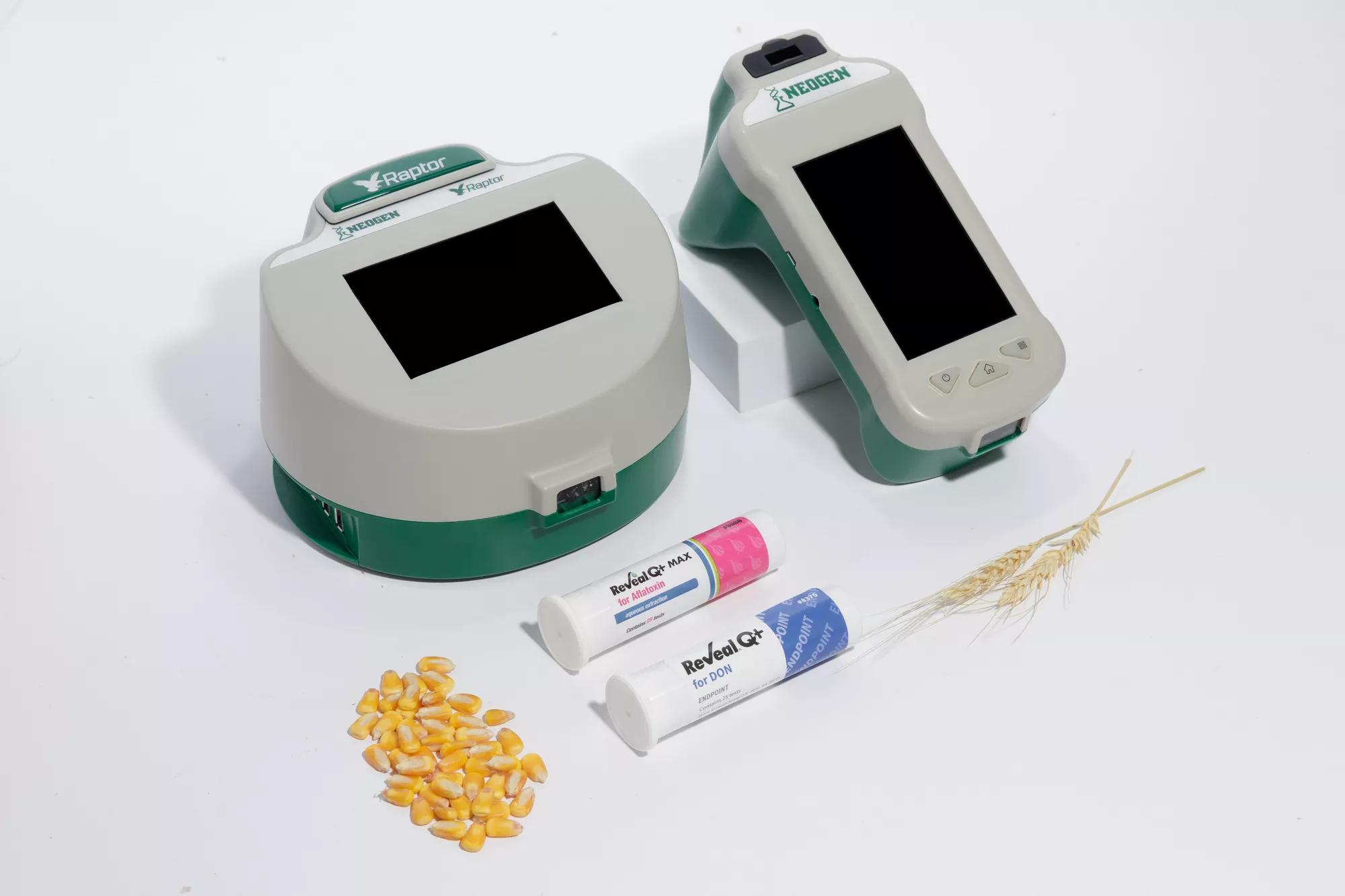Mycotoxin testing Services: Making sure Quality and Security in Your Supply Chain
Mycotoxin testing Services: Making sure Quality and Security in Your Supply Chain
Blog Article
How Mycotoxin Testing Assists Stop Contamination and Secure Food Products

Mycotoxin screening is an essential technique in the food industry, serving as a frontline protection against contamination by unsafe toxins generated by molds. Via the application of advanced methods like High-Performance Fluid Chromatography (HPLC) and Fluid Chromatography-Mass Spectrometry (LC-MS), food manufacturers can precisely find and evaluate mycotoxin levels in agricultural items.
Recognizing Mycotoxins
Understanding mycotoxins begins with recognizing that they are harmful secondary metabolites created by specific molds, which can pollute farming items. These metabolites are not necessary for the growth or recreation of the fungis but can have severe implications for human and animal wellness. Mycotoxins are commonly discovered in staple plants such as corn, wheat, barley, and nuts, where they can proliferate under particular problems of dampness and temperature level.
There are a number of types of mycotoxins, each generated by various fungal varieties. Fusarium types create fumonisins and trichothecenes, both of which are associated with different acute and chronic health and wellness issues.

Risks of Mycotoxin Contamination
The threats of mycotoxin contamination are diverse, posturing substantial threats to both food security and public wellness. Mycotoxins, harmful compounds created by specific types of fungis, can contaminate a large range of agricultural items consisting of grains, nuts, spices, dried fruits, and coffee.
Financial effects are another major concern. Contaminated plants can lead to substantial monetary losses for farmers and food manufacturers because of minimized returns and the demand for pricey decontamination steps. Global profession can be dramatically hindered as countries implement rigorous mycotoxin laws to protect their populations, leading to declined shipments and stretched trade connections.
Ecological elements such as climate modification intensify the risk of mycotoxin contamination. Variations in temperature level and humidity can produce positive problems for fungal growth, enhancing the chance of contamination events. Thus, understanding and minimizing these risks are crucial for making certain the safety and integrity of global food products.
Approaches of Mycotoxin Testing
Properly recognizing mycotoxin contamination in agricultural products is vital for guarding public wellness and keeping food safety and security criteria. Numerous techniques are used to detect and measure mycotoxins, each offering details advantages and limitations.
High-Performance Liquid Chromatography (HPLC) is a commonly utilized approach due to its high level of sensitivity and precision. It involves separating mycotoxins from various other substances in an example, allowing exact quantification. Fluid Chromatography-Mass Spectrometry (LC-MS) integrates liquid chromatography with mass spectrometry to offer in-depth molecular information, making it specifically helpful for identifying several mycotoxins simultaneously.

Gas Chromatography-Mass Spectrometry (GC-MS) and Thin-Layer Chromatography (TENDER LOVING CARE) are also employed, each with unique applications. GC-MS is effective for unstable mycotoxins, while tender loving care offers an easier, cost-effective choice for initial screening.
Benefits of Routine Evaluating
Regular screening for mycotoxins in agricultural items uses numerous benefits, considerably adding to public wellness and food security. By determining contamination early, routine screening helps avoid the distribution of toxic foods, thereby lowering the threat of mycotoxin-related diseases among customers. This proactive method not only safeguards human health and wellness but also enhances the overall quality of food products.
Various countries and regions have actually established stringent limitations see page for mycotoxin degrees in food and feed. Sticking to these limitations through routine screening guarantees that distributors and manufacturers fulfill legal criteria, thus avoiding charges and profession barriers.
Furthermore, normal mycotoxin screening can cause substantial economic advantages. Early detection of contamination enables prompt treatment, minimizing potential losses from widespread contamination. Applying routine screening methods can also decrease recall expenses and associated responsibilities, which can be monetarily ruining.
Furthermore, routine testing offers important data that can notify better agricultural practices and storage problems. By recognizing patterns of contamination, producers can adopt preventive steps, consequently contributing and decreasing future risks to the sustainability of the food supply chain.
Implementing Testing Methods
Applying efficient mycotoxin testing protocols is essential for guaranteeing the safety and top quality of farming products. Establishing a durable testing framework entails several essential steps, beginning with the identification of potential contamination factors within the production and supply chain. This includes pre-harvest, post-harvest, storage space, and distribution stages. Each phase must be looked at to identify where mycotoxin contamination is most likely to take place.
When critical control factors are determined, selecting ideal testing approaches is vital. Common methods consist of enzyme-linked immunosorbent assay (ELISA), high-performance liquid chromatography (HPLC), and mass spectrometry (MS) Each approach has its staminas and weak points; thus, picking the appropriate one relies on the particular mycotoxin being examined, the required level of sensitivity, and available resources.

Lastly, incorporating the testing methods into a thorough food security management system is a good idea. This enhances traceability and makes it possible for swift rehabilitative actions when contamination is detected, consequently protecting the honesty of the food supply chain.
Final Thought
Mycotoxin testing is vital in preventing contamination and protecting food materials by making it possible for very early discovery of harmful toxins produced by mold and mildews in agricultural products. Regular testing enhances brand reputation, financial stability, and count on in food security by lessening contamination-related losses and preserving high criteria in food manufacturing.
Mycotoxin screening is an indispensable practice in the food sector, offering as a frontline protection versus contamination by unsafe contaminants generated by mold and mildews. An integrated method including agricultural practices, storage management, and normal screening can alleviate the dangers connected with mycotoxin contamination, guaranteeing food security and public health.
The dangers of mycotoxin contamination are multifaceted, posturing substantial hazards to both food safety and public health and wellness.Routine testing for mycotoxins in farming items supplies countless advantages, substantially adding to public wellness and food security.Mycotoxin screening is essential in protecting against contamination and guarding food materials by making it possible check out here for early discovery of hazardous toxic substances generated by molds in agricultural items.
Report this page